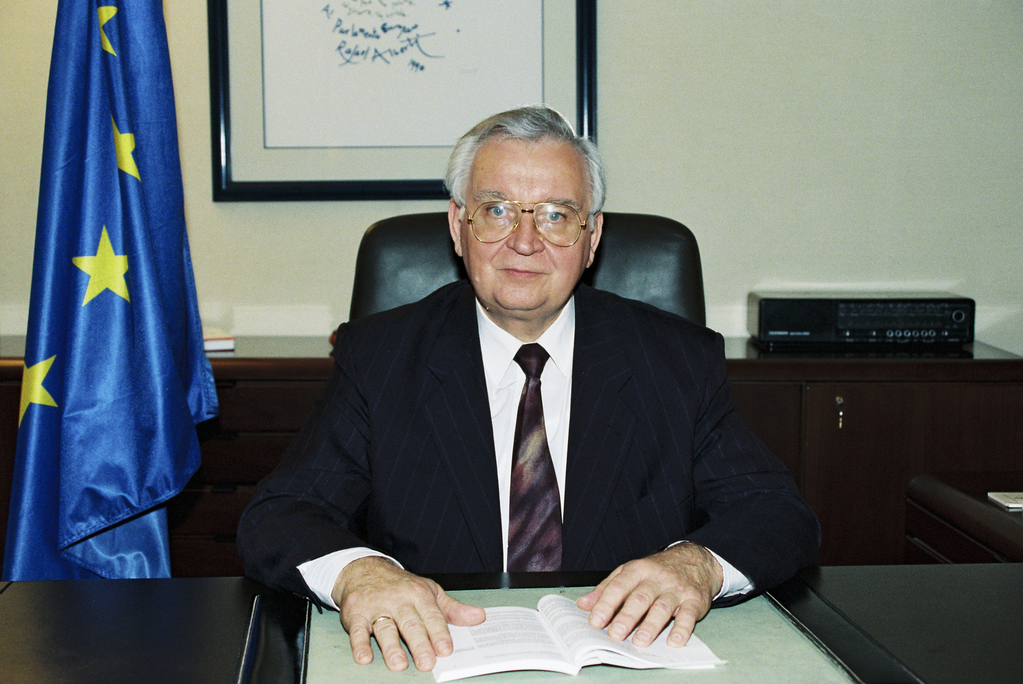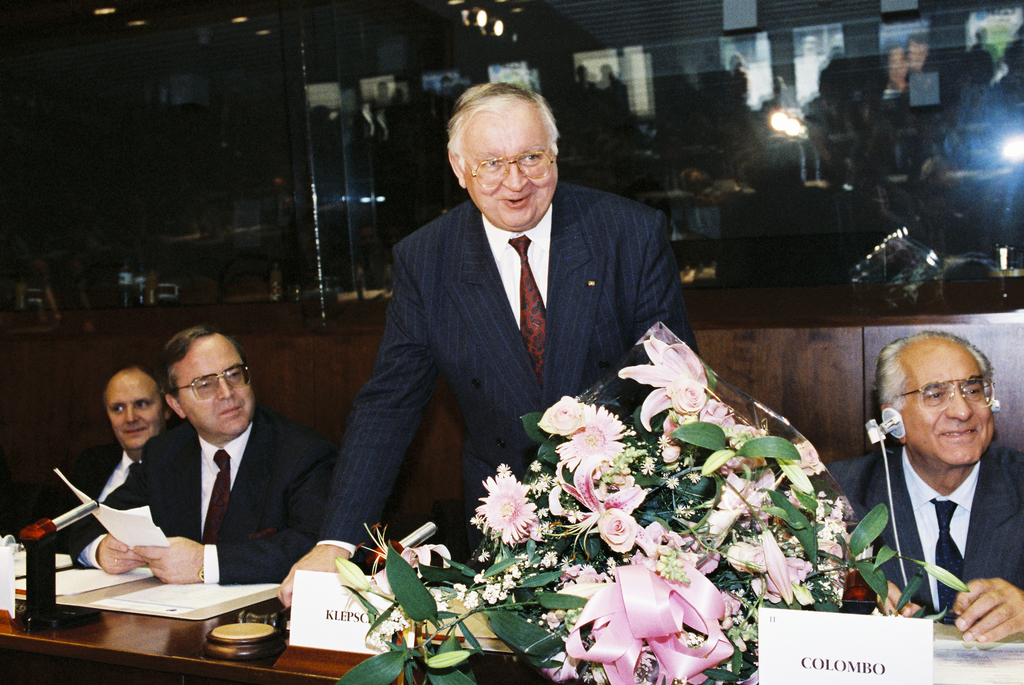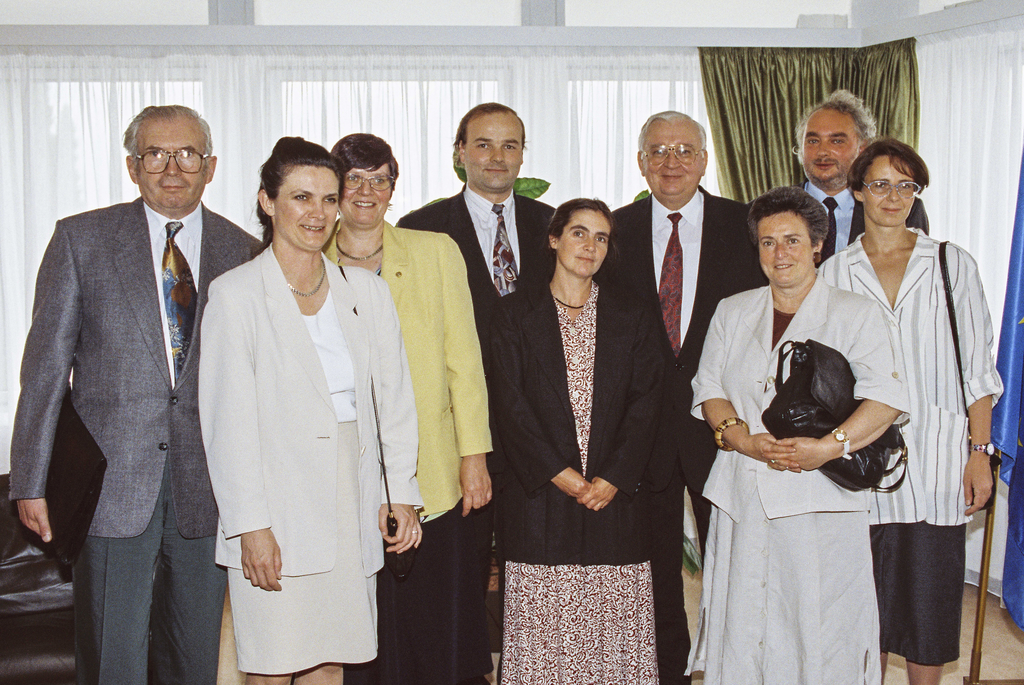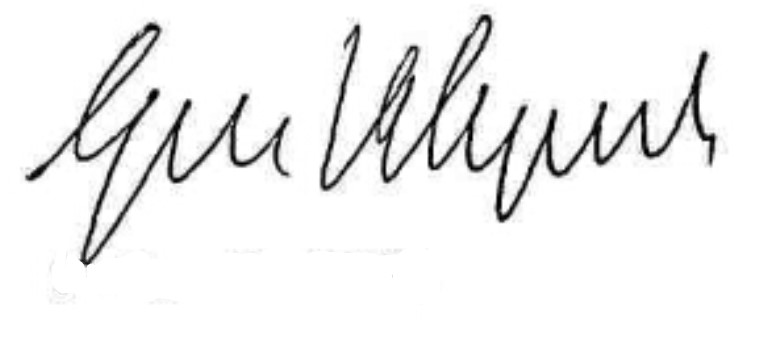Biography
Egon Klepsch was born on 30 January 1930 at the border between Germany and Czechoslovakia in a village called Bodenbach to a trading company employee. After the war he studied in Magdeburg, where he was a member of a resistance group that was part of the 'Freie Deutsche Jugend', then in Rostock and Marburg in West Germany. He was awarded a doctorate in geography and history in 1954 with his thesis on Russian-German relations during Gustav Stresemann's term as Foreign Minister.
From 1959 to 1965, he taught as an expert in international politics at the German army's Centre for Social Research. He worked briefly as Ludwig Erhard's election campaign organiser in 1965. In 1969, appointed by the Bundestag as member of the Consultative Assembly of the Council of Europe and the Parliamentary Assembly of the Western European Union. After he left the European Parliament in 1994, he became adviser to an insurance company.
Klepsch passed away on 18 September 2010.
Political Posts held
• 1963-1969: Federal chair of the 'Junge Union'.
• 1964-1970: President of the International Union of Young Christian Democrats in Europe.
• 1965-1980: Member of the Bundestag.
• 1973-1994: Member of the European Parliament.
• 1977-1992: Vice-President of the European People's Party (EPP).
• 1977-1979: Chair of the Christian Democratic (CD) Group, and later the EPP group in the European Parliament.
• 1979-1982 and 1984-1992 - Chair of the EPP Group in the European Parliament.
• 1982-1984: Vice-President of the European Parliament.
• 1989-1997: Chair of the Europa Union in Germany.
• 1992-1994: President of the European Parliament.
What's in the Archives
The fonds of Egon Klepsch's Office (1992-1994) contain more than 1,000 files with over 9,000 items.
Public figure
PE3 P2 100/PERS
This group of series is made up of seven series on subjects relating to the President's role as a public figure. The largest series are those relating to the President's media image, honorary distinctions and defence of human rights.
Presidency of Parliament
PE3 P2 200/PRES
This group of series is made up of eight series relating to the President's political duties:
The first sub-series, 'Exercise of the Presidency', relates to the President's activities as head of the institution and as its representative, whether attending hearings and undertaking courtesy visits, receiving eminent persons and making official visits. The four following series cover the President's relations with bodies and individuals: interinstitutional relations (Council, Commission and other Community bodies), interparliamentary relations (Member States and third countries), external relations (Member States, third countries, international organisations, national political parties and trade unions, etc.), relations with the press, and relations with members of the public (in particular requests for grants, defence of human rights, equivalence of diplomas).
The second-last series contains documents concerning relations with some of the European Parliament's political bodies, such as the College of Quaestors, the parliamentary committees and delegations and the political groups.
The final series relates more specifically to the President's Office, chiefly from the point of view of its organisation, functioning and mail (filed chronologically under incoming and outgoing).
Secretariat of Parliament
PE3 P2 300/SECR
This group of series presents documents relating to the administrative and legal role of the President's Office, i.e. its relations with the various directorates-general and the Legal Service. The largest series chiefly concern relations with the Legal Adviser, DG Information and Public Relations (in particular the sub-series information policy and press offices) and DG Infrastructure and Interpretation.
Representation of staff and political groups
PE3 P2 400/CPGP
The final group of series contains the series concerning relations with the Staff Committee, the unions and the political group secretariats.
 President Egon Klepsch in his office in Strasbourg © European Communities 1992 – European Parliament
President Egon Klepsch in his office in Strasbourg © European Communities 1992 – European Parliament
 European People's party (EPP) group meeting in Luxembourg - Designation of Egon Klepsch as the party's candidate for the next presidency of the EP © European Communities
European People's party (EPP) group meeting in Luxembourg - Designation of Egon Klepsch as the party's candidate for the next presidency of the EP © European Communities
 Egon Klepsch meets with visitors group from former German Democratic Republic (GDR) © European Communities 1993
Egon Klepsch meets with visitors group from former German Democratic Republic (GDR) © European Communities 1993
